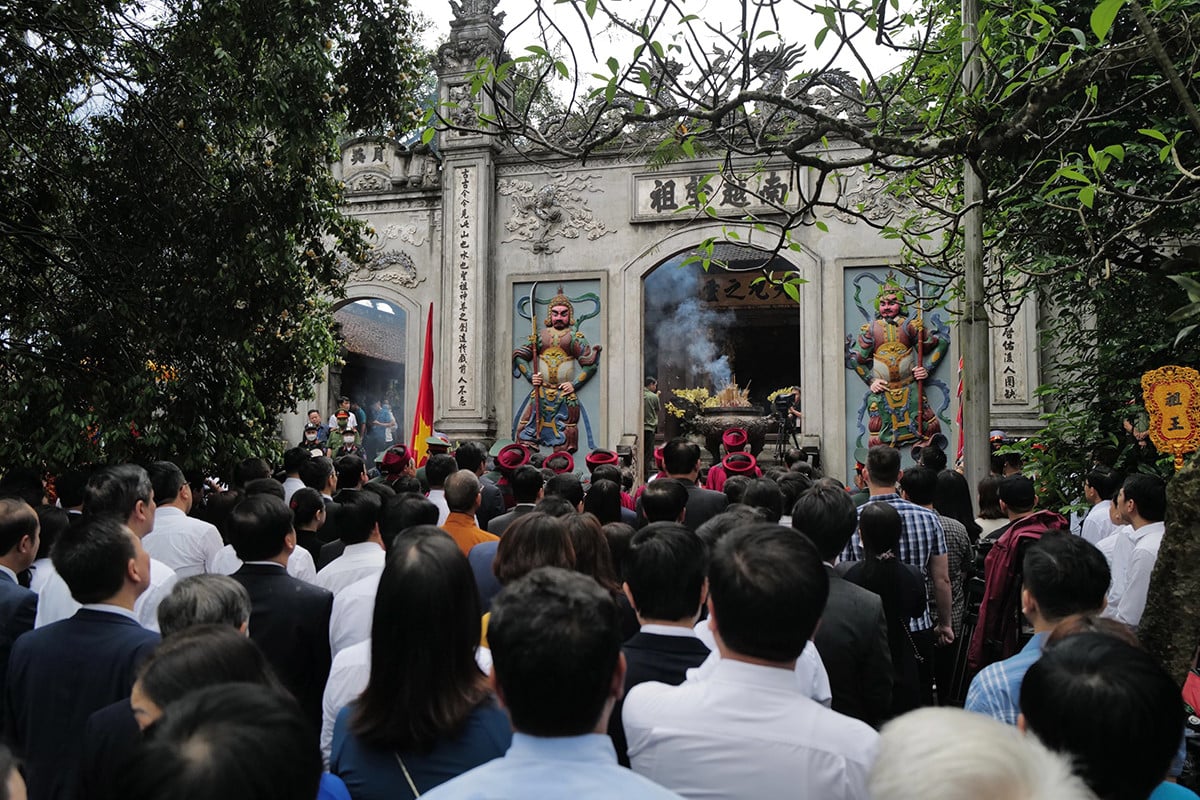
Phu Tho
Relic site Hung Temple history, Phu Tho is a temple complex worshiping the Hung Kings located on Nghia Linh mountain, in Phong Chau land, which was the capital of the Van Lang State.
The Hung Temple area has four temples, a pagoda, a mausoleum and several other architectural structures, in harmony with the majestic natural landscape. This is also the most famous Hung Temple in the country and is the main place to celebrate the Hung King's death anniversary on the 10th day of the third lunar month every year (this year it falls on the 7th day of the fourth lunar month). Every year, millions of visitors flock to Hung Temple on this occasion.
Hung Temple Festival, Phu Tho in 2024. Photo: Ngoc Thanh
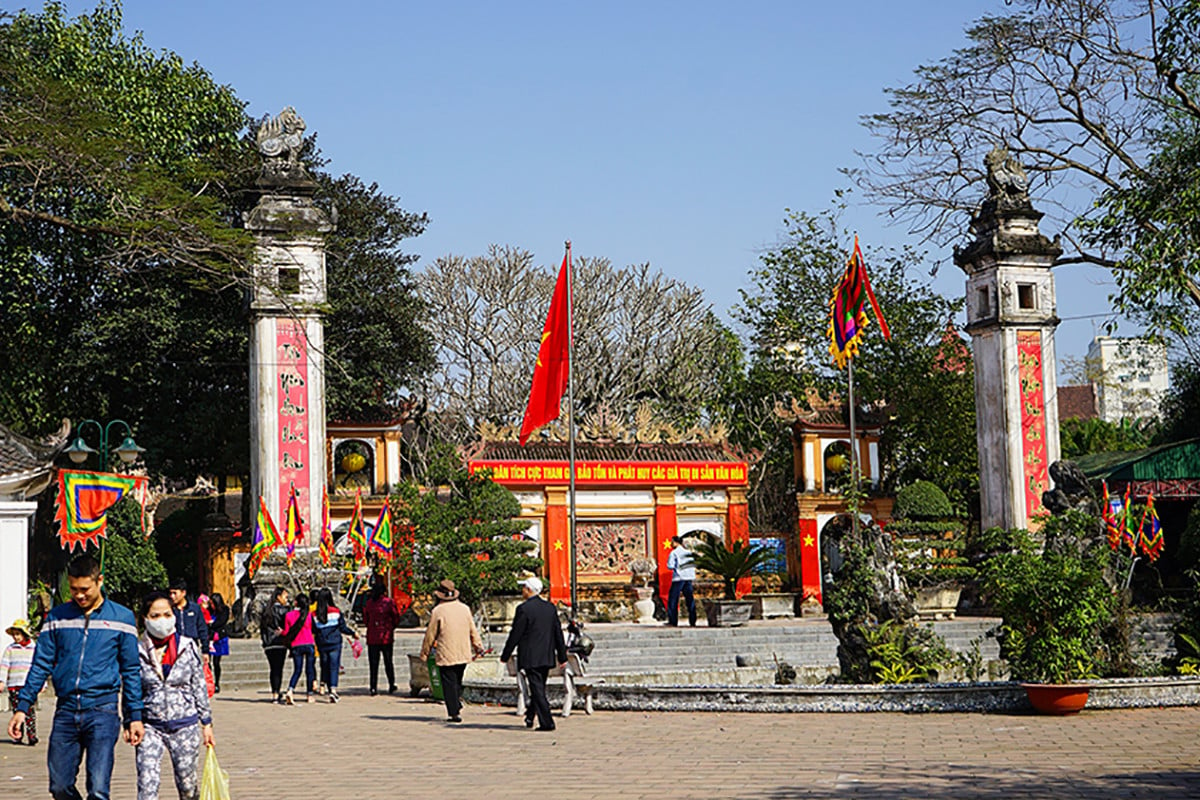
Nghe An
Hong Son Temple is located in Hong Son ward, Vinh city, Nghe An, recognized as a national historical relic since 1984. Previously, the temple was called Vo Mieu Linh Tu, built during the Tran Dynasty to worship Quan Van Truong. In 1982, Hong Son ward was established, the Vo Mieu relic took the name of the ward, so the name Hong Son Temple has been there since then.
The temple is located in an area of over 6,200 square meters, including 19 architectural works with main and secondary gates, surrounding walls, a crescent lake, a royal courtyard, an upper hall, a central hall, and a bell tower. Today, the temple is a place to worship the Hung Kings, Saint Tran, and the Holy Mother. The temple currently holds three major festivals: the death anniversary of the Hung Kings (10th of the third lunar month), the death anniversary of King Tran Quoc Tuan (20th of the eighth lunar month), and the death anniversary of Mother Lieu Hanh (3rd of the third lunar month). These festivals attract thousands of visitors from all over the country and local residents. Photo: Visit Nghe An

Ho Chi Minh City
Hung King Temple Located in the Zoo, District 1, built by the French in 1926. Initially, the building was a memorial temple for Vietnamese who died serving as soldiers for the French in World War I.
After 1954, when the French withdrew from Vietnam, the building was renamed the Hung King Temple. In addition to worshiping the Hung Kings, the temple also worships a number of other historical figures such as Tran Hung Dao and Ta Quan Le Van Duyet. After 1975, the temple was renamed the Hung King Temple and was directly managed by the Vietnam Museum of History. On the Hung King's death anniversary on the 10th day of the 3rd lunar month every year, an incense offering ceremony is held here, attracting thousands of visitors. Photo: Quynh Tran

The second Hung King worship site is in Ho Chi Minh City is the Hung Kings Memorial Area located in the National Historical and Cultural Park. The temple is built on a hill over 20 m high, with a panoramic view of the park over 400 hectares in Long Binh Ward, District 9, about 30 km from the center of Ho Chi Minh City.
The project (photo) was completed in 2009, consisting of 4 main parts: square, bamboo path, temple and observation yard. Right at the entrance to Hung Temple is a 4,000 m2 square, the ground has the shape of the Sun simulating the Dong Son bronze drum. On both sides of the square are 9 stone pillars 6 m high symbolizing the 18 Hung Kings. This place is considered "the largest Hung Temple in the South".
In addition, Ho Chi Minh City also has another temple worshiping Hung Kings, located in alley 22/93, Tran Binh Trong street, ward 1, district 5. Photo: Quynh Tran
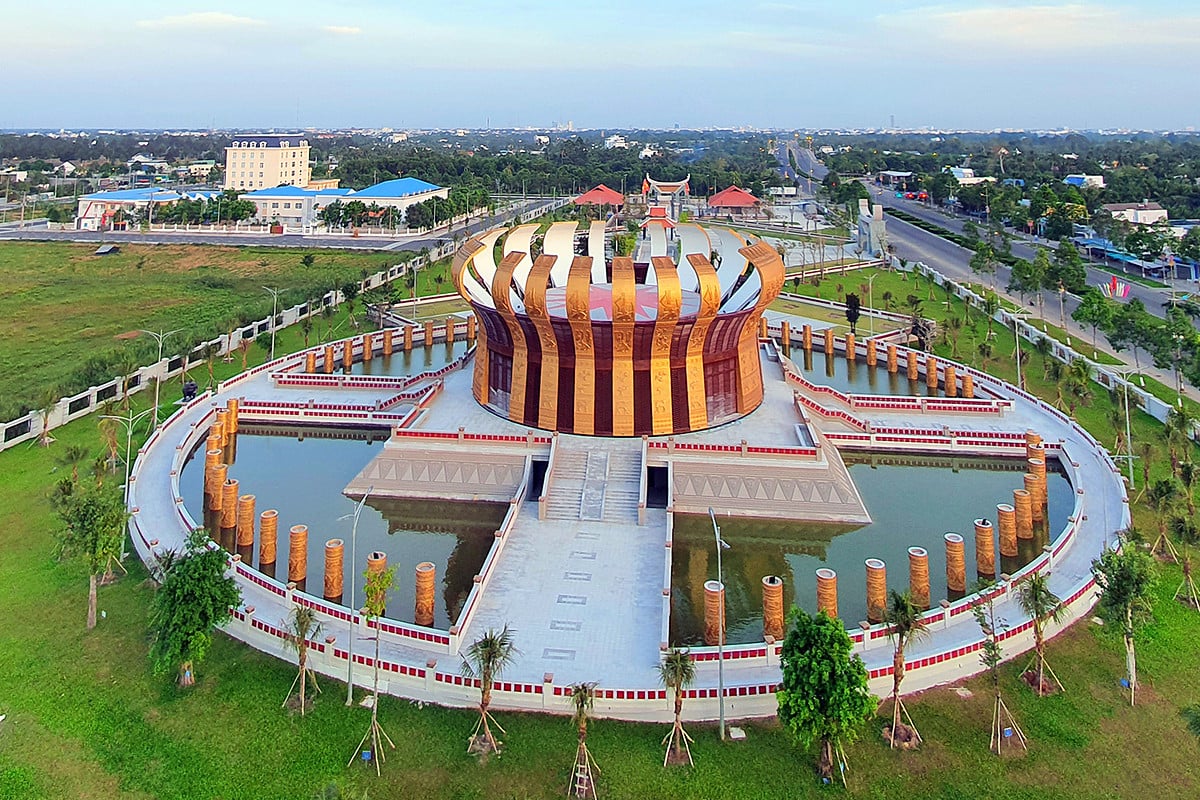
Can Tho
Hung King Temple in Can Tho is located on a 4-hectare park in Binh Thuy district, about 2 km from Can Tho airport. The project will be inaugurated on the occasion of the Hung Kings' death anniversary in 2022, with a construction capital of 130 billion VND.
The main shrine is 19.5 m high, with an area of nearly 1,300 m2, with a round shape built on a square foundation, symbolizing heaven and earth. The design is reminiscent of the Ngoc Lu bronze drum, surrounded by 18 arches with carved patterns, symbolizing the 18 Hung Kings. The main worshiping room inside is 400 m2 wide, with altars for the Hung Kings, Lac Long Quan, Au Co, Lac Hau, and Lac Tuong. The royal drum, bell, and ancient bronze drum were brought from Phu Tho province.
On the 10th day of the third lunar month, people and tourists from the southern provinces often visit this place and offer incense. Photo: Huy Phong
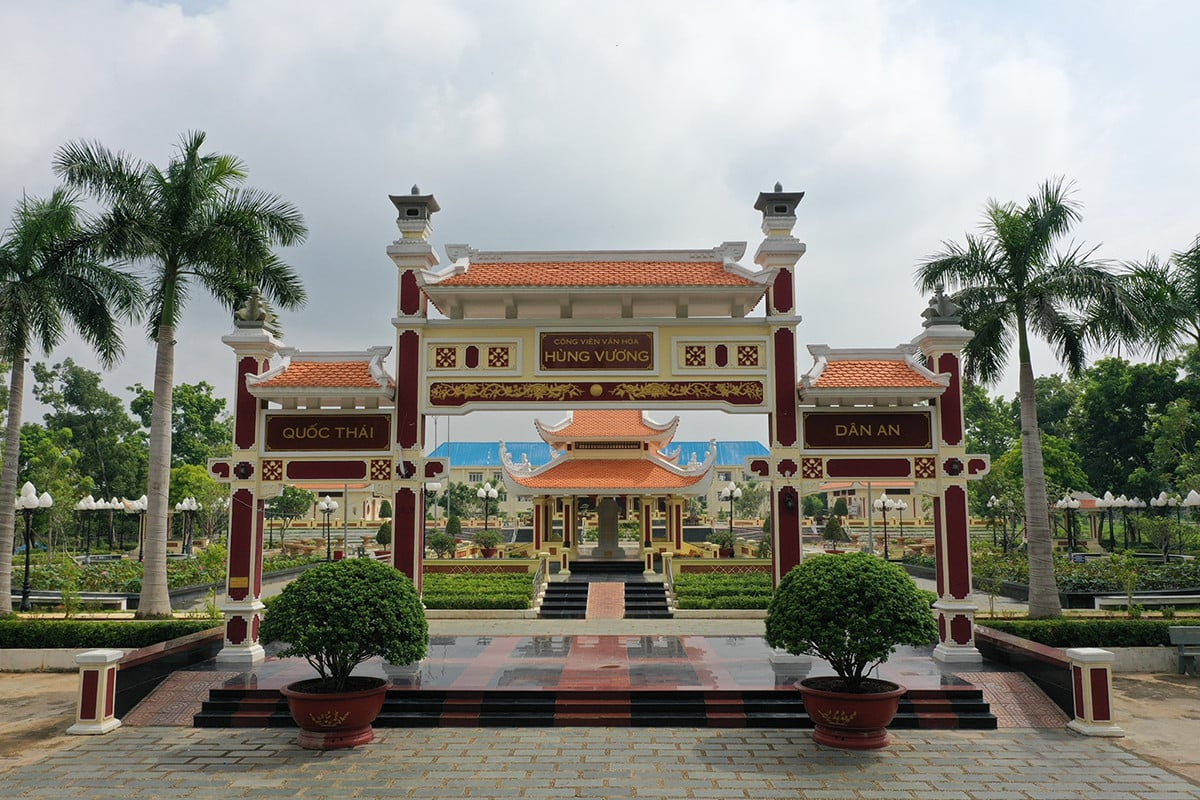
Dong Nai
Hung Vuong Cultural Park (photo) located in Ward 3, Trang Bom town was inaugurated on the occasion of Hung King's death anniversary 2018. In addition, Dong Nai There are also two other places: the Hung King Temple in Binh Da Ward, Bien Hoa City and in Phu Son Commune, Tan Phu District. The Hung King Temple in Bien Hoa was built in 1968 and was ranked as a provincial relic in 2015.
These temples are open year-round, where locals and tourists come to pay their respects and offer incense to the Hung Kings on their death anniversary. Photo: Facebook/Trang Bom Culture and Information.

Lam Dong
The Au Lac Temple Complex (commonly known as Hung Temple) is located in the middle of a pine forest in the Prenn Waterfall Tourist Area, the gateway to the city. Da Lat, on Phoenix Mountain with the "kneeling elephant, crouching tiger, paying homage to dragon" position. The three temples Thuong, Trung (pictured), Ha were all built to closely imitate the architecture of the "original" Hung Temple in Phu Tho. This is where the main activities such as incense offering and ceremonies take place every March 10 in Lam Dong.
Tourists visiting Hung Temple here not only worship and burn incense to commemorate the Hung Kings but also go hiking, visit streams and waterfalls to cool off on summer days. This is also an ideal destination for tourists to immerse themselves in nature and escape from the hustle and bustle of modern life. Photo: Baolamdong
Source: https://baoquangninh.vn/nhung-den-tho-vua-hung-an-tuong-khap-viet-nam-3351836.html



![[Photo] Looking back at the impressive moments of the Vietnamese rescue team in Myanmar](https://vstatic.vietnam.vn/vietnam/resource/IMAGE/2025/4/11/5623ca902a934e19b604c718265249d0)
![[Photo] "Beauties" participate in the parade rehearsal at Bien Hoa airport](https://vstatic.vietnam.vn/vietnam/resource/IMAGE/2025/4/11/155502af3384431e918de0e2e585d13a)



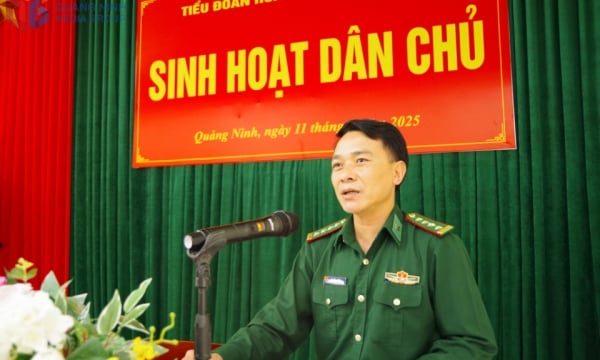
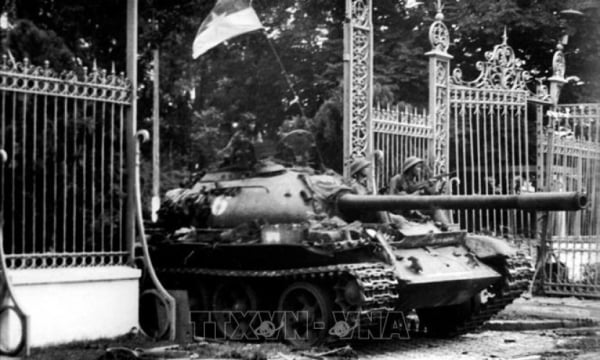
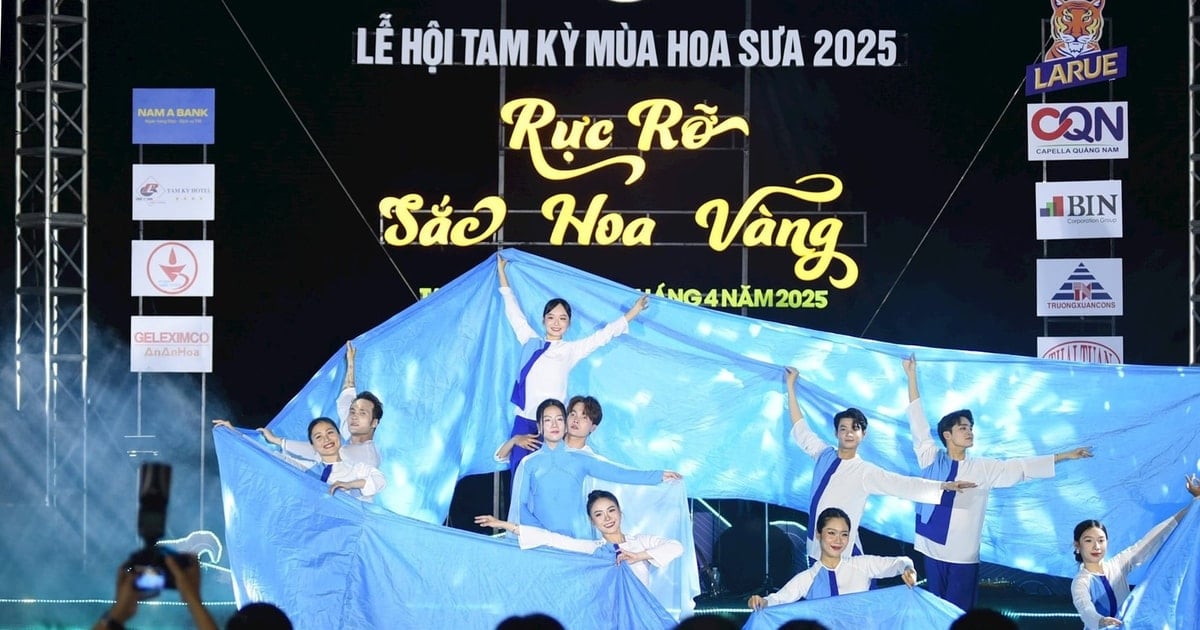
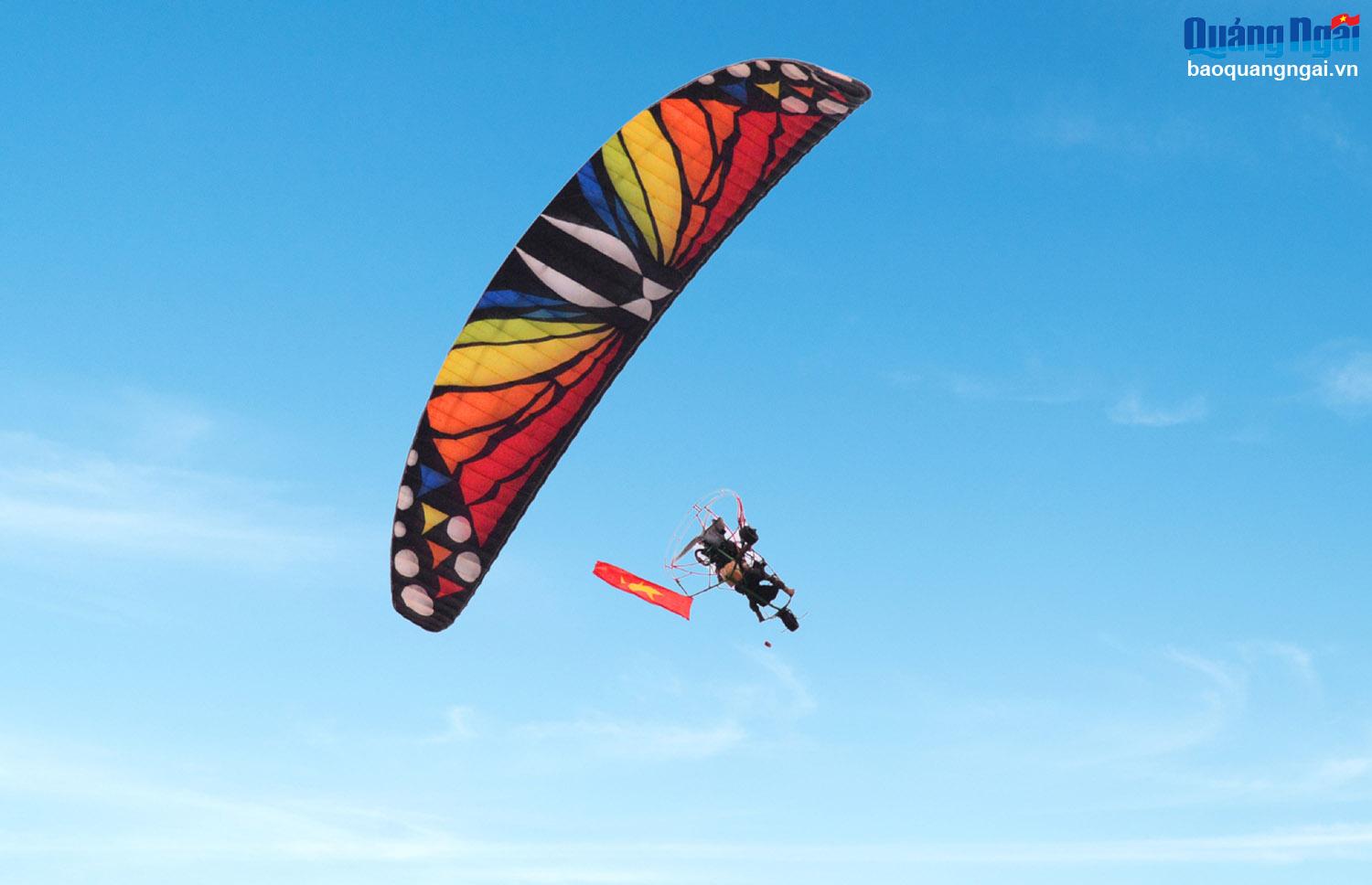
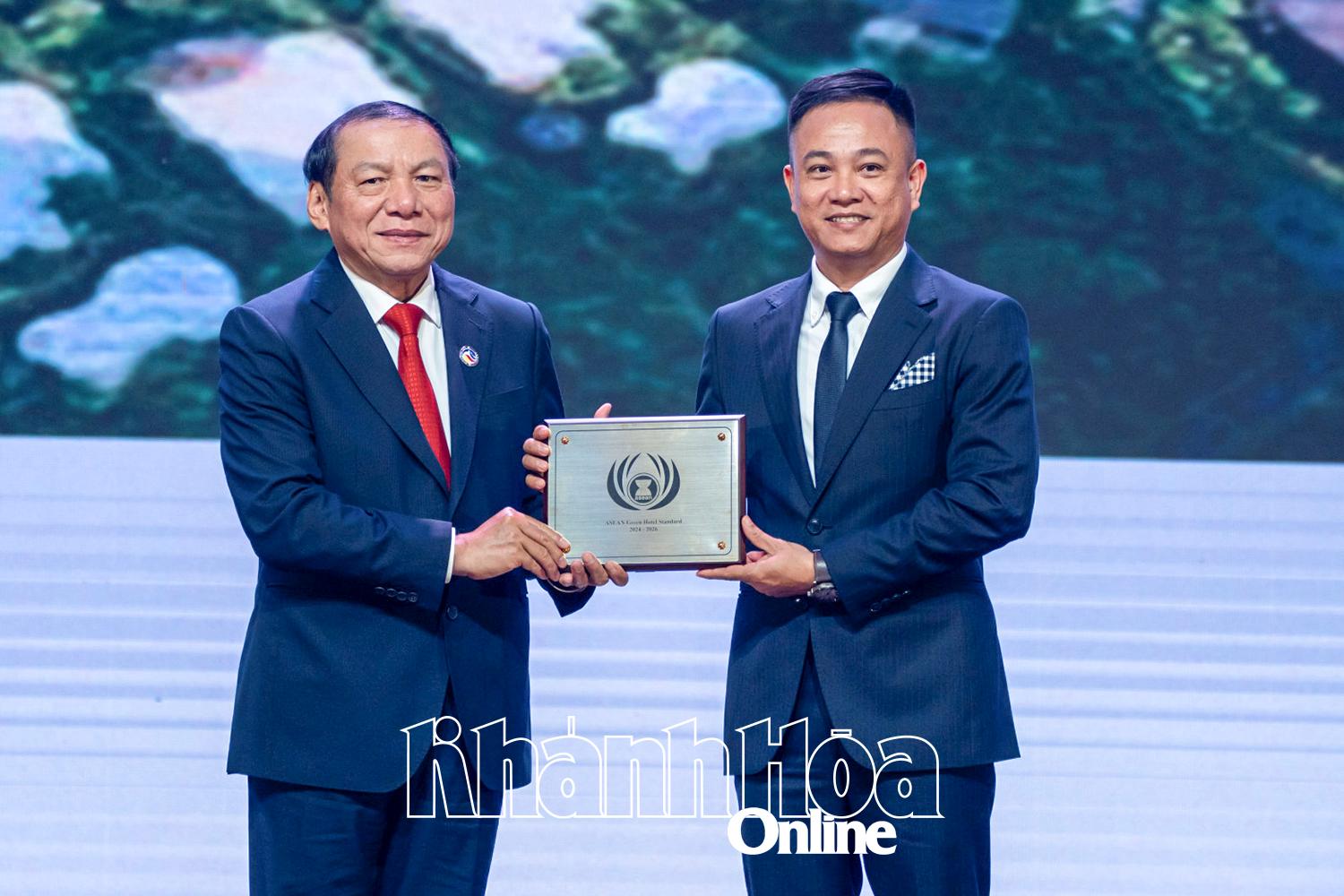
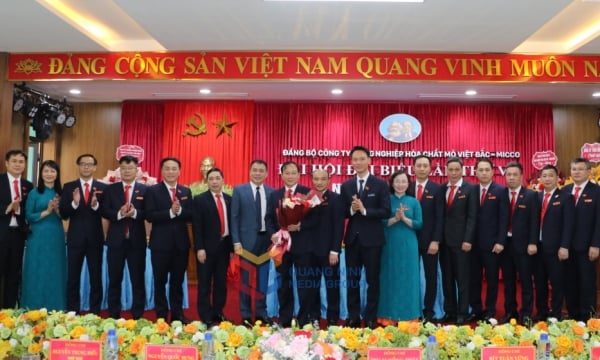





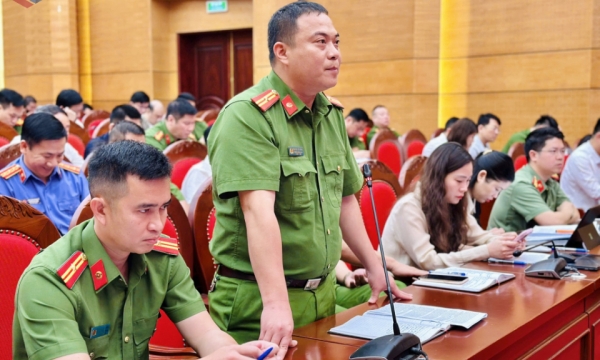
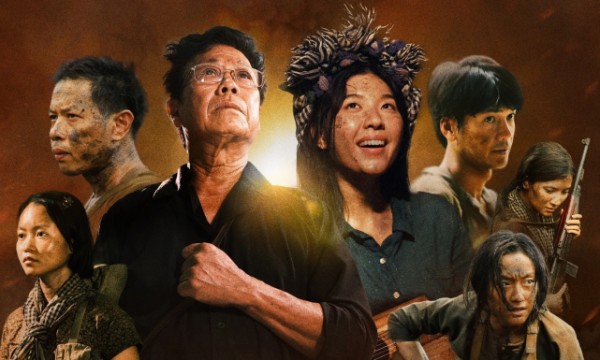
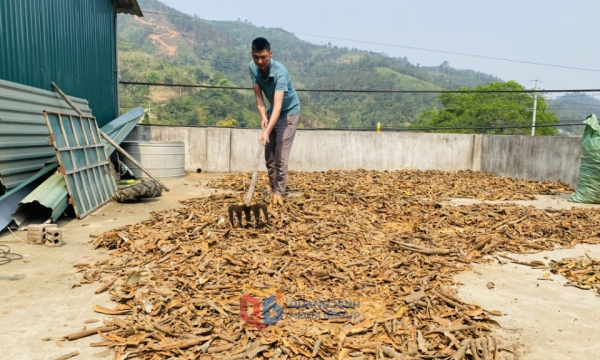
![[Photo] Summary of parade practice in preparation for the April 30th celebration](https://vstatic.vietnam.vn/vietnam/resource/IMAGE/2025/4/11/78cfee0f2cc045b387ff1a4362b5950f)











































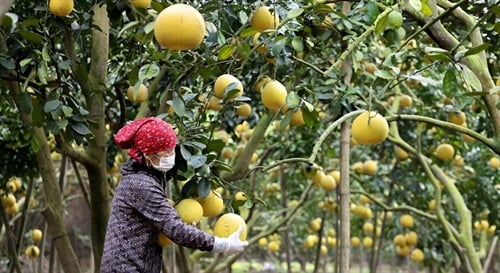
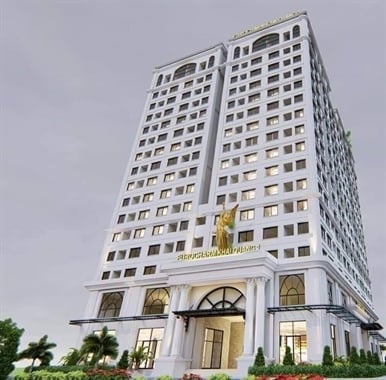
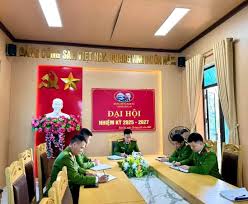
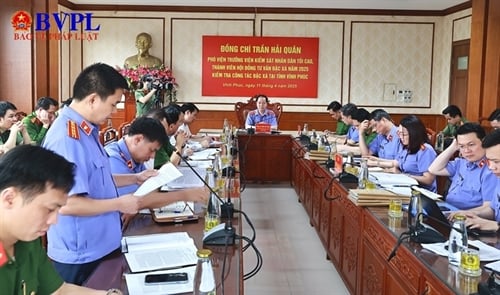













Comment (0)